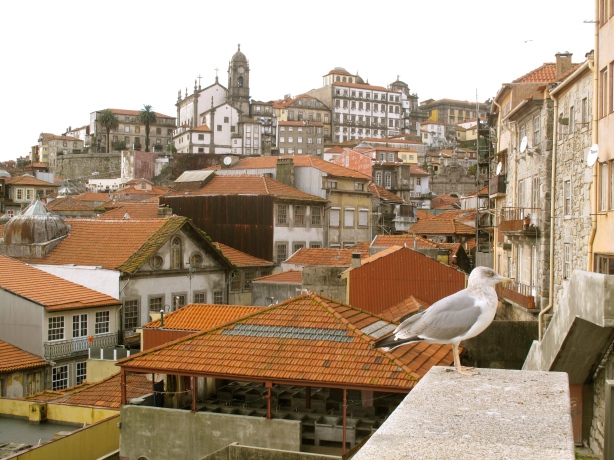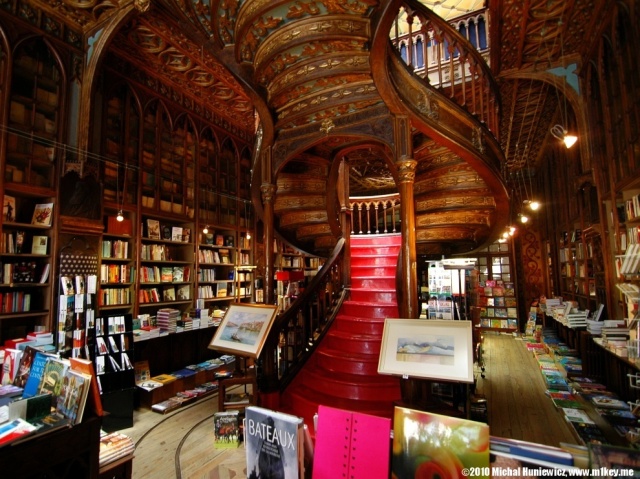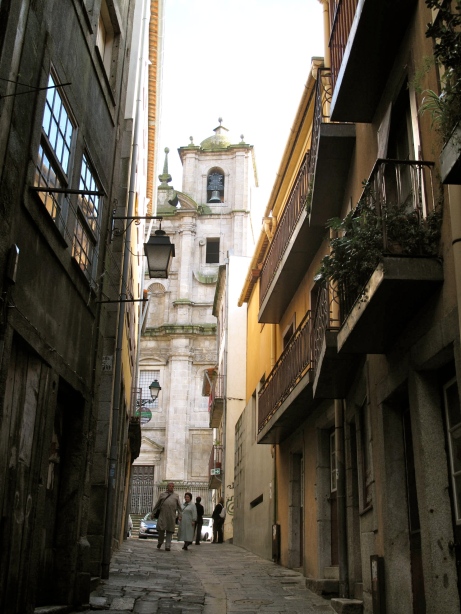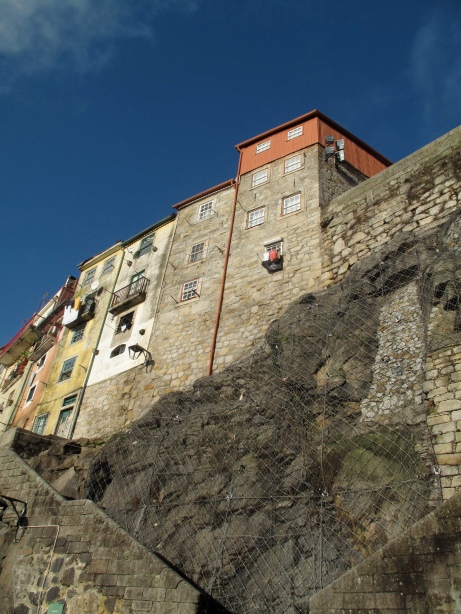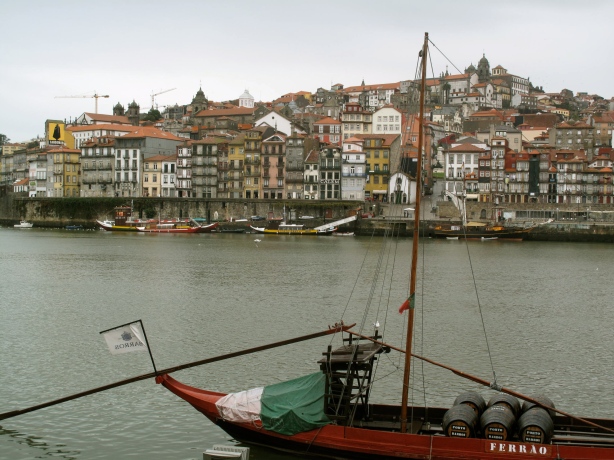Porto is not like any other city I’ve traveled. Having experienced Lisbon’s imperial beauty and flashy personality, and regaled with stories of Port wine tasting and cellar tours, I’d imagined a city with oodles of pristine monuments and grapevine-entangled terraces overlooking a sparkling, cerulean ocean. And indeed, one could venture into Porto and spend a holiday ducking from wine cellar to wine cellar, learning about the different fermentation methods and variations on oak barrels, sipping varietals on terracotta terraces, and taking in picturesque vistas of the River Douro from the Solar do Vinho do Porto, set amidst the Jardins do Palácio de Cristal.
But while there is an element of ‘old folks wine touring’ about holidaying in Porto, the city’s rich history as an historical centre of viticulture forms only part of a broader story about Porto as a veritable ‘port’ in every sense of the word. And it’s this history as a port which gives the city its working town vibe and sets Porto apart from any preconceived ideal of a tranquil, vinho-enthusiast’s paradise.
Walking around Porto’s cluttered, cobbled streets ascending haphazardly from the banks of the river Douro – particularly in the grey November mist and rain – feels like jumping right onto the page of a Dickens novel or witnessing a scene from Orwell’s Down and Out in Paris and London. Some – particularly those expecting Lisbon’s twin city in terms of imperial grandeur and ostentatious façades – might call it ‘dirty’, ‘dilapidated’ or ‘dishevelled’. But I would venture to say, without euphemism, that Porto has rustic charm, the kind of ‘something-around-every-corner’ charisma only found in the frenetic bump-and-grind of an unpretentious city secure in its own identity, and frankly too busy to care if you dig it or not.
Indeed, ‘unpretentious’ is a word that neatly encapsulates the vibe of urban Porto. Portugal’s north-south divide is well known and well demonstrated, and it’s often said that “Lisbon shows off while Porto works”. This reputation for an unassuming, nose-to-the-grindstone work ethic is reflected in the modest, almost low-brow, cuisine that Portugal’s northern city is known for. Porto’s specialties include tripe, variations on bacalhau – codfish salty enough to burst a kidney – and, my favourite, francesinhas (literally ‘Little Frenchies’), a local interpretation of a French croque: layers of different meats, encased in bread, topped with cheese and (on occasion) a fried egg, and drizzled in the special whiskey-and-beer-based piquant sauce that either makes or breaks this local speciality. It is an eyesore, a heart-attack-waiting-to-happen, and as far from haute cuisine as one could get. But it’s Porto on a plate, and it’s delicious.
It was Porto’s rustic, almost derelict, feel which charmed me and cast a spell over me as I wandered its cluttered, dark streets, amidst wafts of fish and salty air. And it’s not just I who has been captivated by the magical, other-worldly aura that emanates from Porto’s gritty streets: the afore-mentioned Dickensian, down-and-out, almost Olde England feeling about the city apparently also beguiled a younger J.K. Rowling as she spent time living and working in Porto as an English teacher. One can see how the nascent seeds of what would become the Harry Potter phenomenon might have been inspired by the “Hogwartsian” ambience of old Porto. The historic São Bento train station – known for its intricately tiled entrance hall – looks like it might have a clandestine Platform 9¾ tucked somewhere in its interior. The Libreria Lello & Irmão – despite its grumpy owner attempting to put a stop to happy-snapping tourists – resembles a magic bookshop off Diagon Alley, with its winding wooden staircase and trolley-tracked floor. And the Portuguese university tradition of praxe – a once revered custom steeped in tradition, but nowadays approximating American fraternities in terms of its exclusivity, circles of power and hazing rites – sees Portuguese university students wandering the streets (and even drinking late into a Saturday night) in black capes that denote their status. That’s right: capes.

Portuguese students in capes, c/o http://www.flickr.com/photos/49686361@N00/292366147/in/photostream/lightbox/
So while Porto might not have the imperial grandeur and ritzy dining and nightlife scene of Lisbon, its charm lies precisely in its unassuming exterior. Those wanting a little class and glamour can of course spend a Porto holiday strolling the riverbanks, drinking cocktails in chic bars, meandering the beaches a little further afield, and sipping vinho in the elegant settings of Porto’s wine cellars, overlooking the UNESCO-heritage old Porto from Vila Nova de Gaia (although in this travel writer’s humble opinion, once you have seen one or two Port cellars, you’ve seen them all…). But, for me, it’s the slightly grim and gritty streetscapes, the hardworking and unassuming Porto folk, the adventure of stumbling upon crumbling saints and statues in convoluted back alleys, and the sense of tradition – whether it be in winemaking, in students’ praxe rituals, in the city’s famous festivals, or in the hearty food unique to Porto – that coalesce to give Porto a kind of cosy familiarity which, like an old friend, beckons the traveler to one day return, and share another francesinha over a pint of SuperBock.

Jessica Sinclair is a freelance writer, travel nut, international affairs specialist, and enthusiast for all things global. Having grown up in New Zealand, England, Borneo and Australia, and with family scattered across the globe, Jessica developed from her youngest years an in-built sense of wanderlust and a desire to see more of the world.
During and on completion of her Master of International Studies in Geneva, Switzerland, Jessica has continued to wander the globe for inspiration and edification, in amongst working on project development for non-profit organisations in developing countries. Her stories and articles attempt to bring cultural understanding and unique ‘insider’ angles to the places she visits, and to broader musings for the seasoned voyager, burrowing to the core of what it really means to travel.




